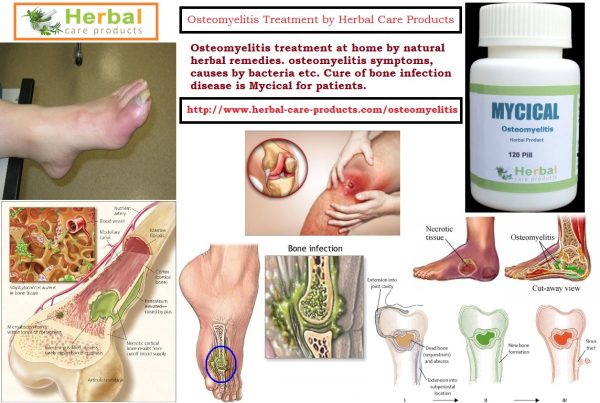What is a Bone Infection (Osteomyelitis)?
A bone infection, also called osteomyelitis, can result when bacteria or fungi invade a bone.
In children, bone infections most commonly occur in the long bones of the arms and legs. In adults, they usually appear in the hips, spine, and feet.
Bone infections can happen suddenly or develop over a long period of time. If they’re not properly treated, bone infections can leave a bone permanently damaged.
What Causes of Osteomyelitis?
Many organisms, most commonly staphylococcus, travel through the bloodstream and can causes for osteomyelitis a bone infection. An infection may begin in one area of the body and spread to the bones via the blood stream.
Organisms that invade a severe injury, deep cut, or wound can also causes of osteomyelitis infections in nearby bones. Bacteria can enter your system at a surgical site, such as the site of a hip replacement or bone fracture repair. When your bone breaks, bacteria can invade the bone, leading to osteomyelitis.
The most common osteomyelitis causes of bone infections is Staphylococcus aureus bacteria. These bacteria commonly appear on the skin but don’t always cause health problems. However, the bacteria can overpower an immune system that’s weakened by disease and illness. These bacteria can also cause infections in injured areas.
What are the Symptoms of Osteomyelitis?
Usually, the symptoms for osteomyelitis to appear is pain at the infection site. Other common signs are:
- fever and chills
- redness in the infected area
- irritability or generally feeling unwell
- drainage from the area
- swelling in the affected area
- stiffness or inability to use an affected limb
How is Osteomyelitis Diagnosed?
Your doctor may use several methods to diagnose your condition if you have any osteomyelitis symptoms of a bone infection. They will perform a physical exam to check symptoms of osteomyelitis swelling, pain, and discoloration. Your doctor may order lab and diagnostic tests to determine the exact location and extent of the infection.
It’s likely your doctor will order a blood test to check for the organisms causing the infection. Other tests to check for the bacteria are throat swabs, urine cultures, and stool analyses.
Another possible test is a bone scan, which reveals the cellular and metabolic activity in your bones. It uses a type of radioactive substance to highlight the bone tissue. If the bone scan doesn’t provide enough information, you may need an MRI scan. In some cases, a bone biopsy may be necessary.
However, a simple bone X-ray may be enough for your doctor to determine the treatment of osteomyelitis that’s right for you.
What Treatment for Osteomyelitis?
There are several options your doctor may use to treatment for osteomyelitis your bone infection.
Antibiotics may be all that’s necessary to cure your bone infection. Your doctor may administer the antibiotics directly into your veins (intravenously) if the infection is severe. You may need to take the antibiotics for up to six weeks.
Surgery may be required osteomyelitis herbal treatment for bone infections. If you have surgery, your surgeon will remove the infected bone and dead tissue and drain any abscesses, or pockets of pus.
If you have a prosthesis that’s causing the infection, your doctor may remove and replace it with a new one. Your osteomyelitis natural treatment will also remove any dead tissue near or surrounding the infected area.
Who is at Risk for Osteomyelitis?
There are a few conditions and circumstances that can increase your chances of osteomyelitis, such as:
- diabetic disorders that affect blood supply to the bones
- intravenous drug use
- hemodialysis, which is osteomyelitis treatment used for kidney conditions
- trauma to the tissue surrounding the bone
- artificial joints or hardware that has become infected
- sickle cell disease
- peripheral arterial disease
- smoking
Can You Prevent Osteomyelitis?
Thoroughly wash and clean any cuts or open wounds in the skin. Report any wounds or cuts that don’t heal to your doctor. Clean and dry amputation sites before placing your prosthesis. Also, use the proper footwear and protective equipment to avoid injuries when jumping, running, or participating in sports.
What Is the Long-Term Outlook?
Most cases of osteomyelitis are treatable. Chronic infections of the bone, however, may take longer to treat and heal, especially if they require surgery. Treatment should be aggressive because an amputation can become necessary sometimes. The outlook for this condition is good if the infection is treated early.
Source Link : http://www.healthline.com/health/osteomyelitis#overview




